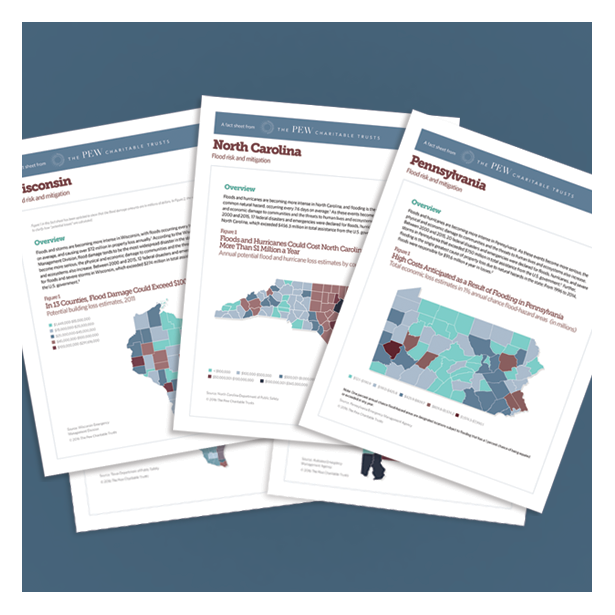The Weather Channel Uses Animation to Show Dangers of Storm Surge
Lifelike scenario demonstrates what flooding could look like on your street
This video is hosted by YouTube. In order to view it, you must consent to the use of “Marketing Cookies” by updating your preferences in the Cookie Settings link below. View on YouTube
This video is hosted by YouTube. In order to view it, you must consent to the use of “Marketing Cookies” by updating your preferences in the Cookie Settings link below. View on YouTube
When Hurricane Florence bore down on the Mid-Atlantic in September, the Weather Channel (TWC) didn’t just show footage of winds picking up along the coast. Instead, using lifelike animation, it showed viewers in the path of the hurricane what flooding from storm surge could look like in their neighborhoods.
A clip of the broadcast went viral, logging more than 23 million views and garnering coverage from The Hollywood Reporter, Wired, and even Stephen Colbert’s monologue on “The Late Show.”
“It was exactly the kind of response we were looking for,” said Mike Chesterfield, the network’s director of weather presentation.
The animation, known as immersive mixed reality (IMR), is the same technology used in the popular video game Fortnite, which places people in hyper-realistic environments. Chesterfield said the network has always struggled with communicating the dangers of storm surge to its viewers. The weather and emergency management community has faced the same challenge.
“The goal from the start of this project was to change the way we present the weather. [This] allows us to transport the viewer to the situation,” he said. “We think that’s the true way to overcome the communications challenges that often come with presenting a forecast.”
He added: “It’s one thing to just show a map. It’s a completely different thing to show people ahead of time what the forecast is actually showing.”
The broadcast featured TWC meteorologist Erika Navarro on a virtual residential street, showing viewers what their surroundings will look like when the water rises to 3, 6, and 9 feet. At 3 feet of surge, trash cans, storage boxes, and a child’s tricycle can be seen floating around her as water rises above her knees. At 6 feet, cars are lifted into the churning waters, and Navarro remarks: “This water is over my head, I wouldn’t be able to stand here or even withstand the force of the water coming in.” At 9 feet, the water level nearly reaches the roofs of the animated homes.
In addition to posing direct risks to individuals, flooding can damage a community’s infrastructure—or block access. Almost 40 hospitals in North Carolina were affected by Florence, and more than 1,000 roads were closed, preventing supplies and emergency aid from reaching residents. Schools in New Bern, North Carolina, also bore the brunt of the storm, staying shuttered for nearly two months.
Communities can take cost-effective steps, however, to address the effects of flooding. For example, a recent report found that spending on flood mitigation for infrastructure not only helped reduce road closures and building damage, but yielded a positive return on investments.
Given the ripple effects of flooding, which can disrupt families’ daily lives and bring local economies to a halt, Chesterfield sees benefits in expanding the IMR technology beyond broadcast news. He said city planners could use the animation to better prepare communities for future storms.
Marshall Shepherd, a professor of geography and atmospheric sciences at the University of Georgia, said he has seen too many instances of people driving through flooded roads. He agrees with other experts that visual aids like TWC’s animation can help people understand what flood risk means, and the need to mitigate it.
“There’s a need to take this conversation in a different direction, and [IMR] could be a powerful way to do that,” Navarro said. “It helps people understand just how dangerous and devastating storm surge is.”
Forbes Tompkins works on The Pew Charitable Trusts’ flood-prepared communities initiative.













